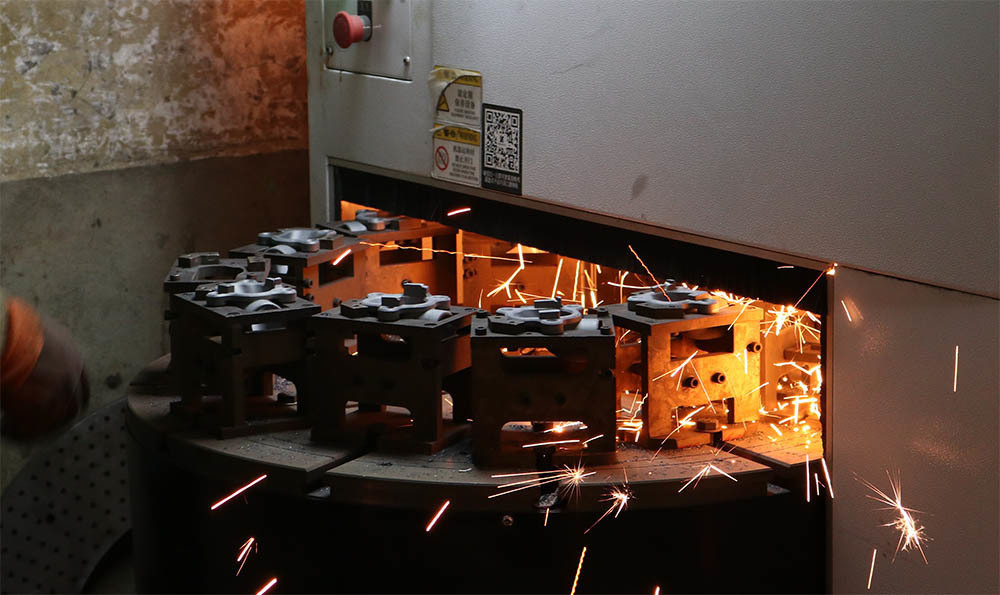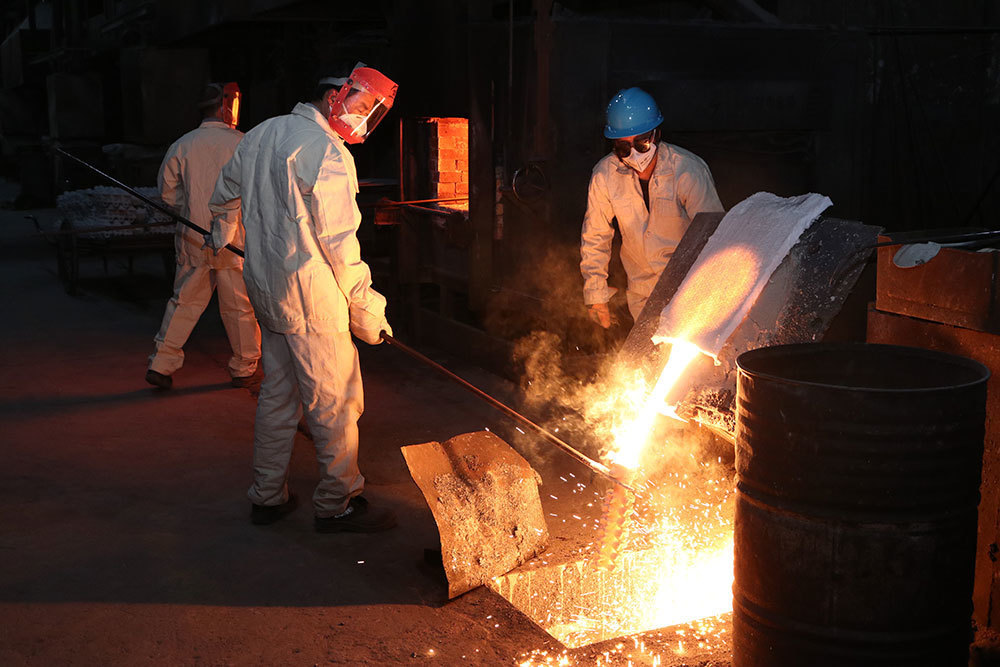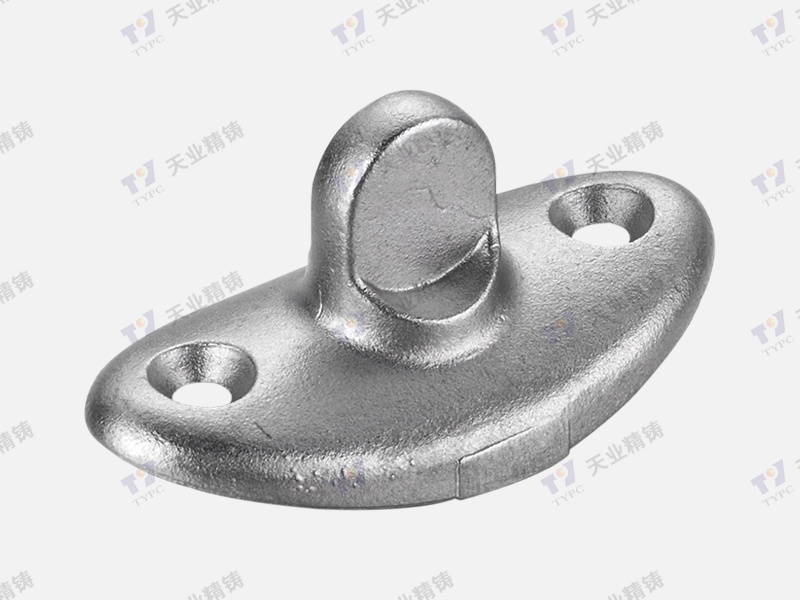2025-05-15
Empowering Tomorrow: The Crucial Role of Other Alloy Castings in Automotive Electrical Engineering
Empowering Tomorrow: The Crucial Role of Other Alloy Castings in Automotive Electrical Engineering
Table of Contents
- Introduction to Alloy Castings in Automotive Electrical Engineering
- Understanding Alloy Castings: Definition and Types
- The Importance of Other Alloy Castings in Electrical Applications
- Key Properties of Alloy Castings for Automotive Applications
- Innovative Technologies in Alloy Casting Manufacturing
- The Future of Alloy Castings in Automotive Electrical Engineering
- Challenges and Opportunities in Alloy Casting Production
- Conclusion: The Path Forward for Alloy Castings
- Frequently Asked Questions (FAQs)
Introduction to Alloy Castings in Automotive Electrical Engineering
The automotive industry is undergoing a significant transformation, driven by the demand for greater efficiency, sustainability, and advanced technology. **Alloy castings**, particularly **other alloy castings**, play a pivotal role in this evolution, especially in the realm of **automotive electrical engineering**. These materials not only enhance the performance of electrical components but also contribute to the overall weight reduction and energy efficiency of vehicles.
In this article, we will explore the multifaceted role of other alloy castings within automotive electrical engineering, highlighting their applications, benefits, and the future potential they hold in revolutionizing the industry.
Understanding Alloy Castings: Definition and Types
Before delving into the applications and benefits of alloy castings in automotive electrical components, it is essential to understand what **alloy castings** are. Alloy castings refer to metal parts created by pouring molten metal into a mold. Once cooled and solidified, these cast parts exhibit unique properties, making them suitable for various applications.
There are several types of alloy castings, including:
2.1 Aluminum Alloy Castings
Aluminum alloys are known for their lightweight and corrosion-resistant properties, making them ideal for automotive applications, especially in electric vehicles where weight reduction is critical.
2.2 Zinc Alloy Castings
Zinc alloys offer excellent fluidity and are often used for electrical housings and connectors, providing durability and resistance to corrosion.
2.3 Magnesium Alloy Castings
Magnesium alloys are used where weight savings are paramount. They are commonly found in automotive electrical applications, including brackets and housings.
The Importance of Other Alloy Castings in Electrical Applications
Other alloy castings are essential in automotive electrical engineering due to their unique properties. These include:
3.1 Enhanced Electrical Conductivity
Certain alloys exhibit superior electrical conductivity, ensuring efficient power transfer and minimal energy loss, which is critical in electrical systems.
3.2 Durability and Longevity
Alloy castings are engineered to withstand harsh automotive environments. Their resistance to corrosion and wear ensures longevity, reducing the need for frequent replacements.
3.3 Weight Optimization
Reducing vehicle weight is a primary focus in the automotive industry. Alloy castings facilitate this by providing strong yet lightweight components that enhance overall vehicle efficiency.
Key Properties of Alloy Castings for Automotive Applications
When selecting materials for automotive electrical engineering, several key properties must be considered:
4.1 Thermal Conductivity
Effective thermal management is crucial in electrical components. High thermal conductivity in certain alloy castings helps dissipate heat, preventing damage and ensuring optimal performance.
4.2 Mechanical Strength
Alloy castings must possess sufficient mechanical strength to endure vibrations and shocks experienced in automotive applications.
4.3 Machinability
Ease of machining allows for precise manufacturing of complex components, enhancing the overall functionality of automotive electrical systems.
Innovative Technologies in Alloy Casting Manufacturing
The manufacturing processes for alloy castings have evolved significantly, incorporating advanced technologies that enhance efficiency and precision:
5.1 3D Printing in Alloy Casting
Additive manufacturing techniques, such as 3D printing, are being increasingly utilized to produce complex alloy castings that traditional methods cannot achieve.
5.2 Precision Casting Techniques
Techniques like investment casting or lost-wax casting enable the production of intricate designs with superior surface finishes and tight tolerances.
5.3 Automation and Robotics
The integration of automation in alloy casting manufacturing improves production speed and consistency, reducing human error and increasing safety.
The Future of Alloy Castings in Automotive Electrical Engineering
As the automotive landscape continues to evolve, the role of other alloy castings in electrical engineering is set to expand.
6.1 Electric Vehicles and Hybrid Technologies
With the surge in electric vehicles (EVs) and hybrid technologies, the demand for lightweight, high-performance alloy castings will likely increase, driving innovation in material science.
6.2 Sustainability Initiatives
The automotive industry is focusing on sustainable practices. Alloy castings can be recycled and reused, contributing to the circular economy and reducing environmental impact.
Challenges and Opportunities in Alloy Casting Production
While the future appears promising, there are challenges in alloy casting production that must be addressed:
7.1 Supply Chain Issues
Global supply chain disruptions can impact the availability of raw materials for alloy production, affecting manufacturing schedules.
7.2 Technological Advancements
Staying abreast of technological advancements in alloy casting manufacturing requires continuous investment and training, which can be a barrier for some companies.
7.3 Regulatory Compliance
Adhering to stringent environmental and safety regulations can pose challenges, but it also opens opportunities for companies that excel in sustainable practices.
Conclusion: The Path Forward for Alloy Castings
In conclusion, **other alloy castings** are undeniably crucial in shaping the future of automotive electrical engineering. Their unique properties, coupled with ongoing advancements in manufacturing technologies, position them to play a significant role in the development of more efficient, durable, and sustainable vehicles.
As the industry shifts towards electrification and sustainability, embracing the potential of alloy castings will be vital for automotive manufacturers aiming to lead in innovation. By leveraging these materials, the automotive industry can continue to empower tomorrow's vehicles, delivering enhanced performance and sustainability.
Frequently Asked Questions (FAQs)
9.1 What are alloy castings used for in automotive electrical engineering?
Alloy castings are used for various electrical components such as housings, connectors, and brackets, providing durability and weight optimization.
9.2 How do alloy castings improve vehicle efficiency?
By using lightweight materials that offer high mechanical strength, alloy castings reduce overall vehicle weight, enhancing fuel efficiency and performance.
9.3 Are alloy castings recyclable?
Yes, many alloy castings can be recycled and reused, aligning with sustainability initiatives within the automotive industry.
9.4 What advancements are being made in alloy casting technology?
Recent advancements include the use of 3D printing, precision casting techniques, and automation, which improve manufacturing efficiency and product quality.
9.5 How can I stay updated on trends in alloy casting for automotive applications?
Following industry publications, attending trade shows, and participating in professional associations can help you stay informed about the latest trends and technologies in alloy casting.









